Last Updated on March 18, 2023
When starting your drywall project, it pays to understand the difference between screen vs sandpaper. From construction materials to use and cost, there are lots of contrasting aspects that can help you determine which one is best suited for job success.
Drywall screens are made from silicone resin and are stronger but more expensive compared to sandpaper. Sandpaper is usually made of aluminum oxide, ceramic flint, or silicon carbide.
Drywall screens are excellent for drywall and flooring demolition due to their double-sided nature, while sandpaper is better suited for furniture creations because of its pliability.
We will dive deeper into the differences between drywall screens and sandpaper so that you can make an informed decision about which is best for your project.
Differences Between Drywall Screen vs Sandpaper
1. Material Used to Construction
A drywall screen is a combination of two materials, silicone, and resin. The silicone component provides the drywall with flexibility, while the resin makes it rigid.
This provides the drywall screen with a tough outer layer that can withstand most wear and tear. Sandpaper, on the other hand, is made from different materials such as aluminum oxide, ceramic, flint, garnet, and silicon carbide.
Each one of these materials has its own unique characteristics that make them suitable for various tasks. Aluminum oxide is a very hard material which makes it perfect for sanding rough surfaces or grinding down very hard materials such as metal or stone.
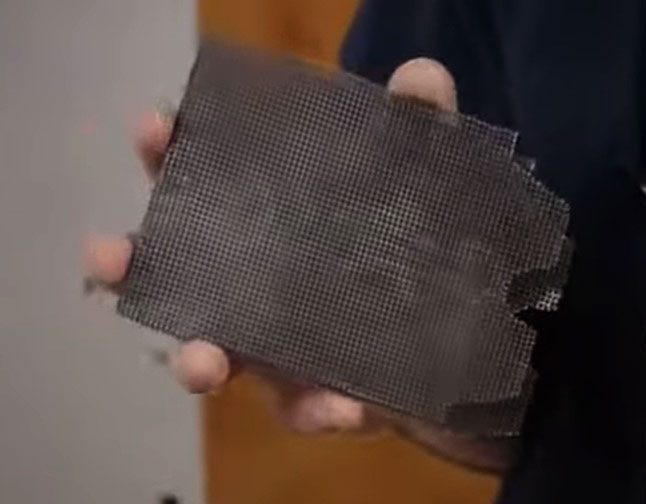
Ceramics is more pliable than aluminum oxide, which makes it ideal for working on delicate instrument parts or intricate details on wooden furniture pieces.
Flint is a very abrasive material capable of removing rust deposits from metal surfaces and also works great when used to de-glaze tile floors and walls.
Lastly, Garnet and Silicon Carbide are both synthetic materials specifically designed to provide superior results when sanding down wood or plastic surfaces.
2. Durability
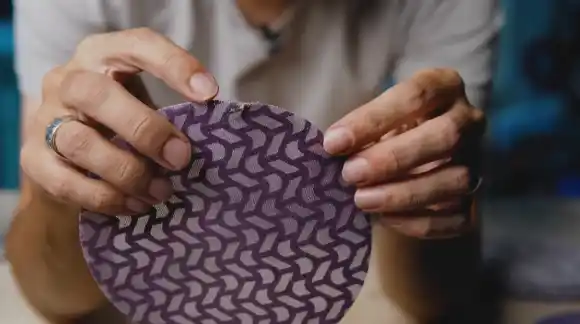
When comparing the durability of drywall screens vs. sandpaper, there are definite advantages associated with both types of material.
Drywall screens have been found to be much more durable due to their tough outer layer created by the combination of silicone and resin components within them.
This tough coating allows them to resist better abrasion caused by friction while they are in use, meaning that they will last longer before needing replacing compared to traditional sandpapers made from just paper alone.
In comparison, standard sandpapers will generally not last as long as drywall screens do due to their thinner construction.
Because of this, they need to be replaced more frequently when used extensively or on rougher surfaces.
3. Ease of Use
The ease of use between drywall screens and sandpaper also has its own set of differences that need consideration when deciding which one should be chosen for each task at hand.
Drywall screens can easily be attached securely onto a sander handle or power sander, meaning you don’t have to worry about keeping it in place while you work on your project.
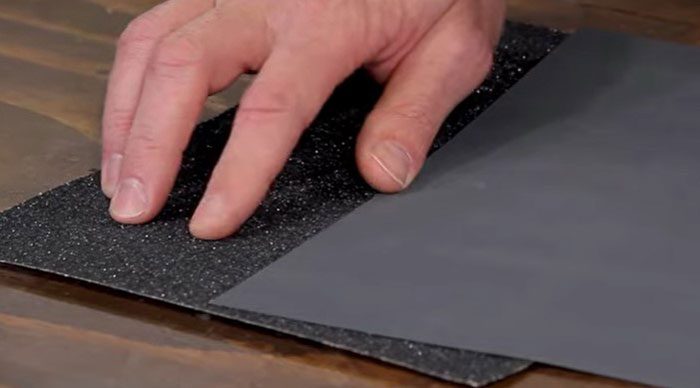
This gives you more control over your actions without stopping every few minutes just to readjust your grip on the sander itself.
Sandpaper requires manual application when working with it, so it requires more time and effort from the user’s end if they want good results during their task.
This can prove difficult, especially when working on larger projects where covering large amounts of the surface area quickly is necessary for optimal results.
4. Cost
In terms of cost-effectiveness, sandpaper is definitely more affordable than drywall screens. Drywalls screens typically cost twice as much per roll compared with sandpapers making them more expensive upfront.
However, this additional cost might be offset by their superior strength and increased durability over time, meaning they will last longer without needing replacement.
This means you won’t have to buy new supplies as often as sandpaper, which can wear out quickly.
So while the initial price tag may be higher for drywall screens, you may end up saving money on long-term maintenance costs due to their superior longevity when compared with sandpapers.
5. Shape and Size
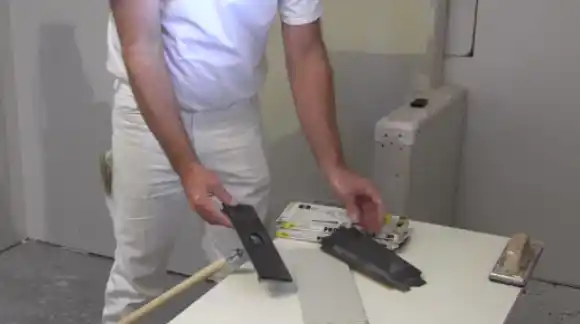
The shape and size differences between both materials will depend on how you decide to use them since various sizes are available for each type based on what you need them for.
Both materials come in sheets or strips, which makes them easy enough to work with when installed in various environments or applications respectively.
Drywall screens usually come pre-cut into straight lines, making them easier for installation purposes.
Sandpaper comes pre-cut or in rolls, where the user can manually cut out pieces according to their desired shapes and sizes. This gives them more flexibility when working with it at specific angles or forms.
6. Dust Control
Drywall screens are designed with dust collection in mind, as their open mesh construction allows dust particles to pass through easily instead of becoming clogged up like conventional sandpapers often do.
This makes them an effective tool for preventing dust clouds when demolishing or working on ceilings or walls where dust accumulation needs to be kept at bay.
Sandpapers, on the other hand, are not specifically designed for dust control and may need frequent replacement if dust becomes trapped between the abrasive material and backing paper obstructing its effectiveness.
7. Working Side
Another difference between a drywall screen and sandpaper lies in the number of working sides you get per sheet.
The drywall screen has double-sided sheets, while sandpaper only offers one side per sheet. This makes drywall screens more suitable if you need more coverage per sheet since you can work both sides simultaneously while still getting an even finish throughout your project.
Plus, any dust generated from one side will be picked up by the other side as well, making it more efficient overall for large-scale projects requiring multiple sheets of material being worked on at once.
What Grit is Drywall Screen?

Drywall screens come in various grits, but the generally recommended grit for drywall is 100 or 120-grit. This coarse grit provides the best results when sanding down the dried drywall joint compound, allowing professionals to achieve a smooth, even finish without gouging into the drywall paper.
The type of screen chosen also depends on the size and texture of the wall being sanded; if you’re working with a relatively large and textured surface, then a finer-grit screen may be needed to create an even finish.
Grits lower than 80 are not commonly recommended as they can leave behind deep scratches that can be difficult to remove.
In addition to providing superior results when sanding down drywall surfaces, screens made from synthetic materials are durable and unlikely to clog up quickly compared to traditional paper sheets.
How Long Do Drywall Sanding Screens Last?
The longevity of your drywall sanding screen depends on several factors, including the type of screen and how often you use it.
For instance, if you are using a 120-grit screen to sand a 1,000-square-foot floor area, then it will likely last two to three passes before requiring replacement.
This assumes that you are keeping an eye on the condition of your sandpaper during each pass; if any individual pieces become excessively worn or torn, then they should be replaced as soon as possible.
Also, if your project requires multiple passes with the same grit screen, then it might need to be replaced sooner rather than later in order to ensure optimal performance levels throughout its lifetime.
Can You Use 80 Grit Sandpaper on Drywall?
Using 80 sandpaper grit on drywall is generally not recommended due to the lightweight drywall mud being too soft for such coarse grits.
Opting for finer grits such as 100 or 120 is advisable when working on drywall projects as these will provide better results without taking too long compared to coarser ones.
If you do decide to use 80-grit paper, then make sure that you are very careful when doing so. It’s best to practice on small areas first and adjust your technique to minimize damage caused by over-sanding certain areas unnecessarily.
Are Sanding Screens Better Than Sandpaper for Sanding Drywall?
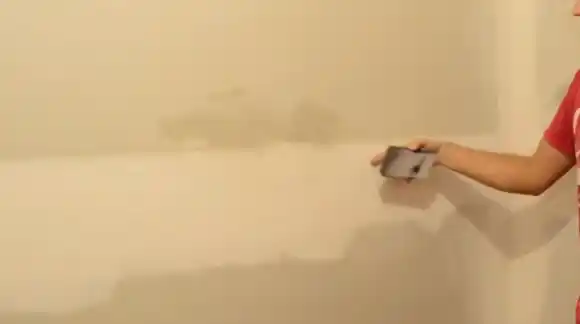
Sanding screens offer many advantages over traditional sandpaper when it comes to sanding drywall.
You can get the job done faster with sanding screens because they last longer and cover larger areas quickly.
They also reduce the amount of drywall dust created while sanding, making the task easier and more pleasant. When using a sanding screen, it’s important to apply light pressure and move in a consistent pattern to avoid uneven results or scratches.
Sanding screens require less frequent changing or replacement than traditional sandpaper because they can be washed with water and reused multiple times. As such, they offer greater cost-efficiency over time.
When Should You Use a Drywall Sanding Screen?
A drywall sanding screen is ideal for larger projects that involve rough surfaces or textures. The longer-lasting nature of the screen allows you to cover more area in less time without having to worry about constantly replacing it due to wear down from use.
Since the screen won’t tear as easily as other materials will when working with rougher surfaces, it’s likely that you’ll be able to complete your project without interruption due to needing new supplies.
It’s also suitable for jobs involving smoothing out corners since its textured surface helps prevent gouging into the material more than finer grades of paper would do.
In short, if you’re looking for a quicker, cleaner way of completing a large-scale drywall project with rough textures or edges, then investing in a quality drywall sanding screen is definitely worth considering.
Choose Wisely: Drywall Screen and Sandpaper
After taking a closer look at the comparison between drywall screens and sandpaper, it becomes clear that each has its own unique features that give them an advantage depending on what application they are used for.
Drywall screens tend to be more durable than sandpaper yet costlier as well. Sandpaper is often used for furniture due to its pliability, while drywall screens are commonly used for demolition sanding or flooring projects.
Lastly, it should be noted that while both are great tools in their own right, the choice ultimately depends on your needs and preferences. By understanding the nuances between these two materials, you can make the best choice when selecting the product type to use for your project.



